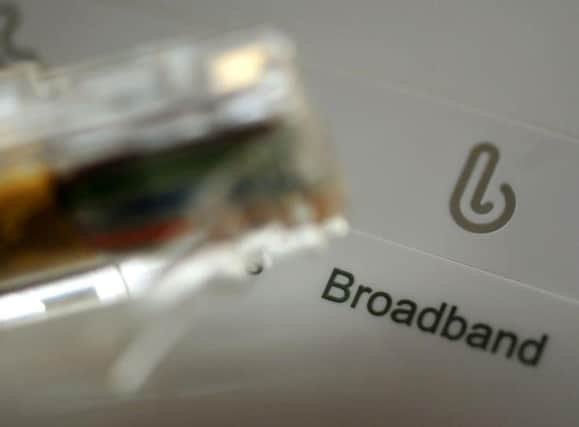Areas of East Dunbartonshire hit by broadband inequality


However, coverage differs greatly throughout theparliamentary constituency – from 98.8% of homes in Westerton West, to 1.3% in Torrance and Balmore.A group of MPs has also warned the Government’s pledge of gigabit broadband for 85% of the UK by 2025 will not be met, leaving those in rural areas with slow connectivity for years to come.Figures from the House of Commons library showed 83.3% of households in East Dunbartonshire could receive speeds of one gigabit per second in September 2020.This makes it one of just a few dozen constituencies across the UK to have almost reached or already surpassed 85%, years ahead of the 2025 target.Figures showed the average download speed across East Dunbartonshire was 99.7 Megabits per second – though this varied between 114 Mbps in Bishopbriggs North and Kenmure, and 42.2 Mbps in Torrance and Balmore.The Public Accounts Committee criticised the Department for Digital, Culture, Media and Sport for not being prepared to admit sooner it would not meet a Conservative election pledge of gigabit broadband connectivity across the UK by 2025.It was not until November that the Government revealed it was rowing back on the target, aiming for at least 85% instead.That original target was “unachievable”, MPs said in their Improving Broadband report.Meg Hillier, chairman of the Public Accounts Committee, said the Government cannot allow digital inequality to exacerbate the economic inequality exposed by the coronavirus pandemic.She added: “With the grim announcement that the country and economy will be locked down for months, the Government’s promises on digital connectivity are more important than ever.“But due to a litany of planning and implementation failures at DCMS, those promises are slipping farther and farther out of reach.The DCMS said it did not agree with the MPs’ report, claiming it had inaccuracies.A spokesman said: “Gigabit capable broadband is being rolled out rapidly – from one in 10 households in 2019 to one in three households today. We expect half of all households will have access to gigabit speeds by the end of 2021.”